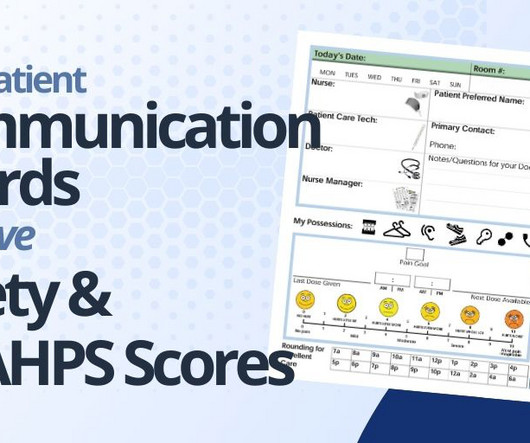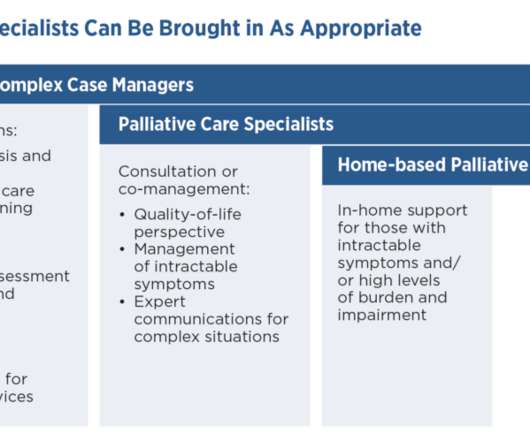State Oversight and Innovations in Medicaid-Managed Long-Term Services and Supports (MLTSS) Serving Older Adults and People with Disabilities
NASHP
MARCH 22, 2024
References : Under CalAIM, Medi-Cal managed care plans (MCPs) became responsible for providing LTSS services that were traditionally provided under fee-for-service (FFS) in January 2023. pdf On October 1, 2023, Virginia Medicaid combined its two managed care programs of Medallion 4.0













Let's personalize your content